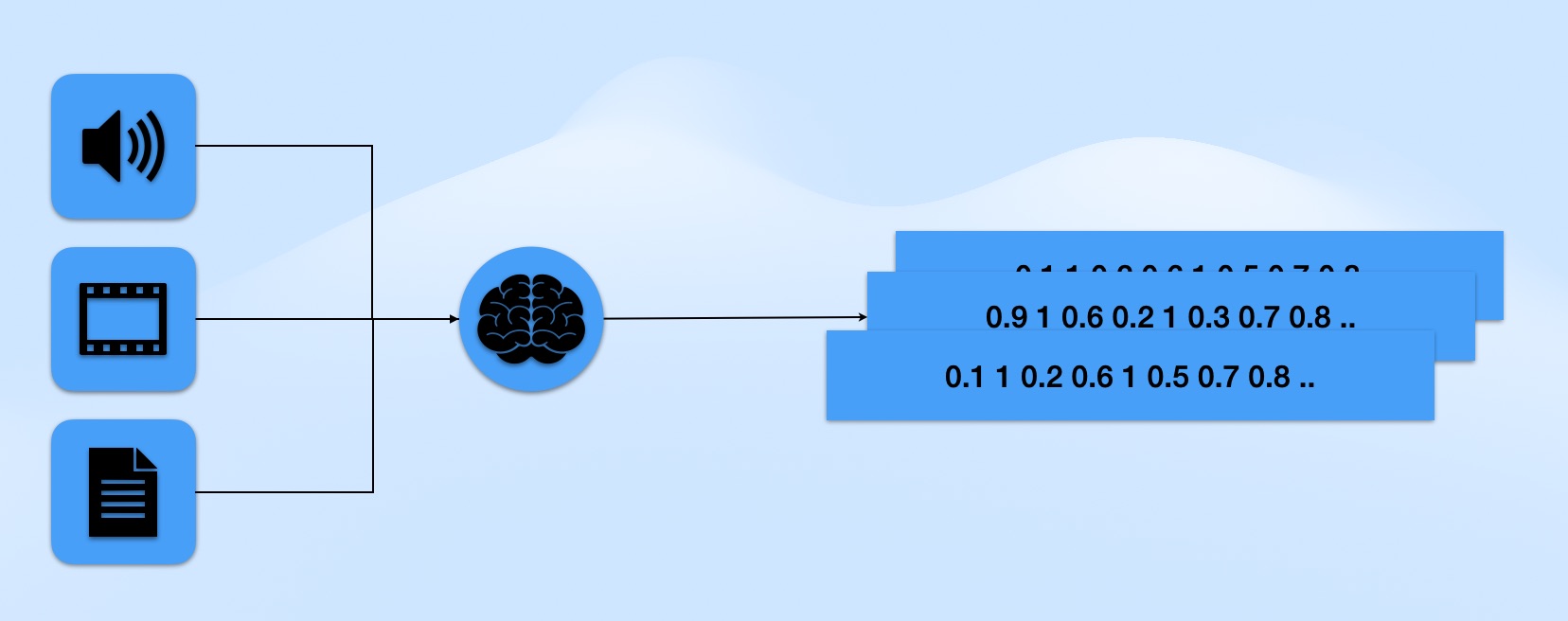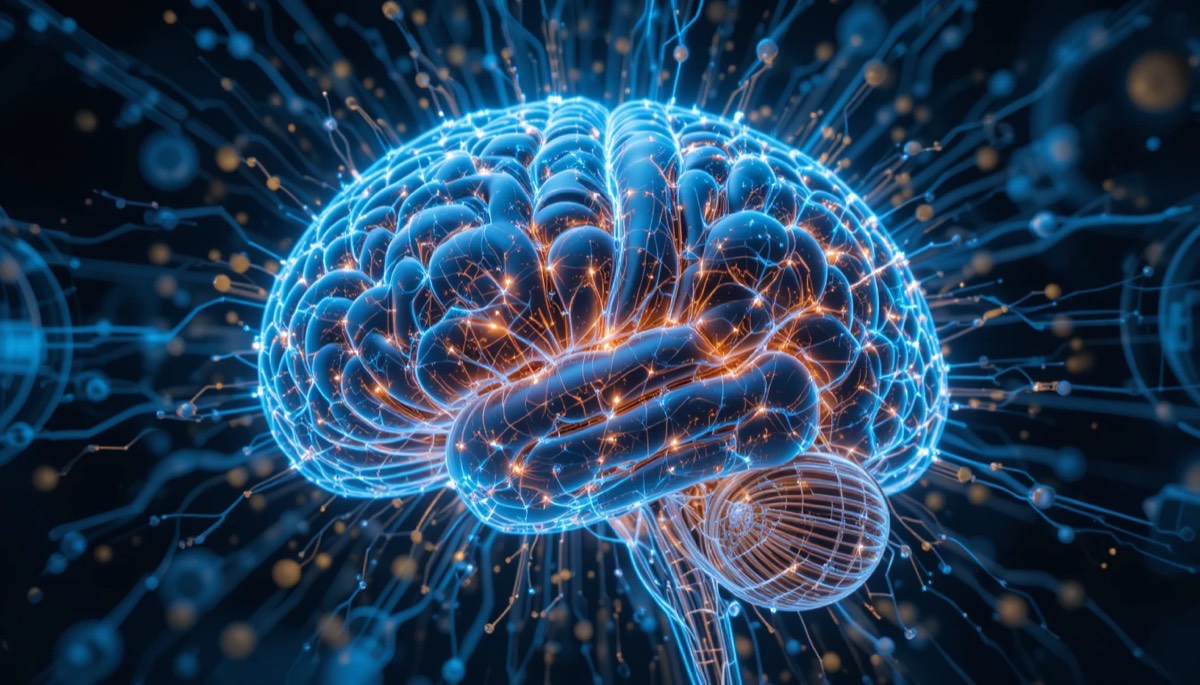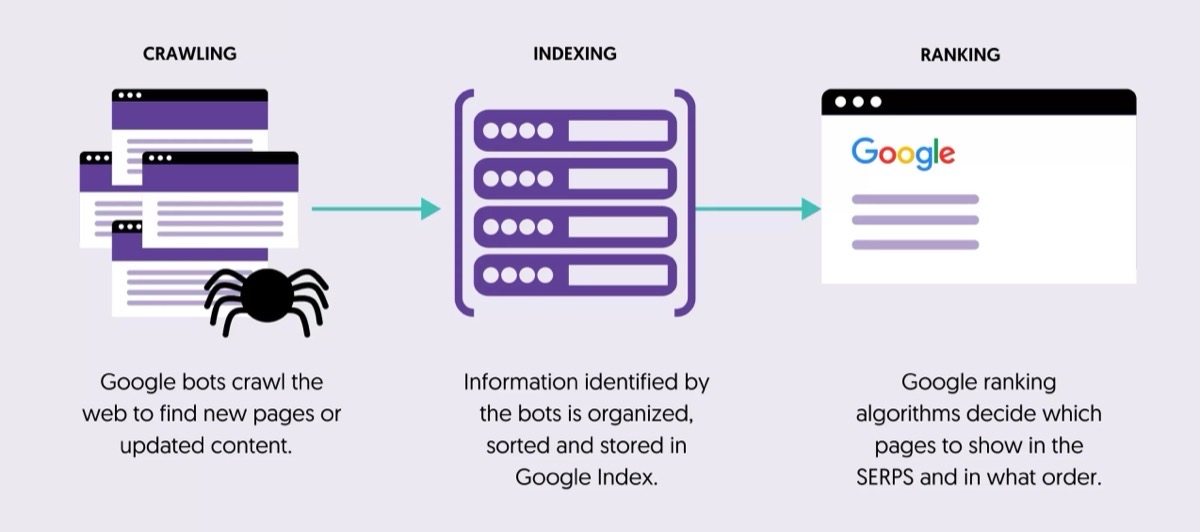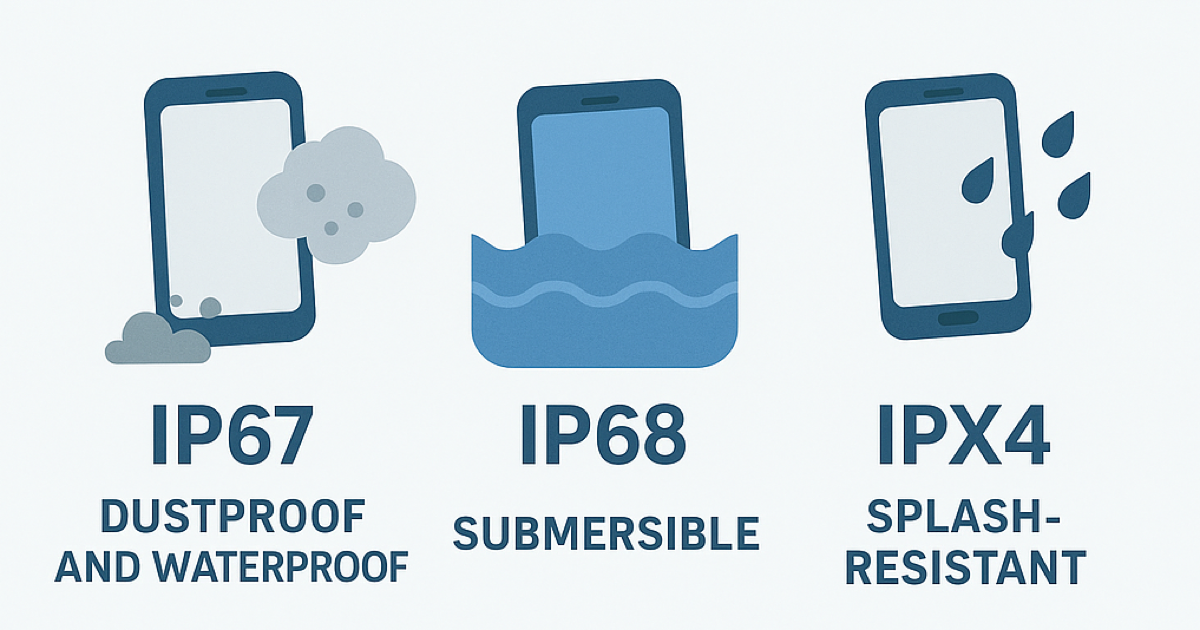
Understanding AI Vectorization: From Data to Numbers
Have you ever wondered how a computer can understand what you’re saying, find faces in pictures, or know what song is playing? The answer is a very important idea in AI: vectorization. Basically, vectorization is the process of turning things like text, pictures, and sounds into numbers. Think of it like a translator that turns the messy, real world into a simple language that computers can understand. This process is the first step for almost any AI task. ...



